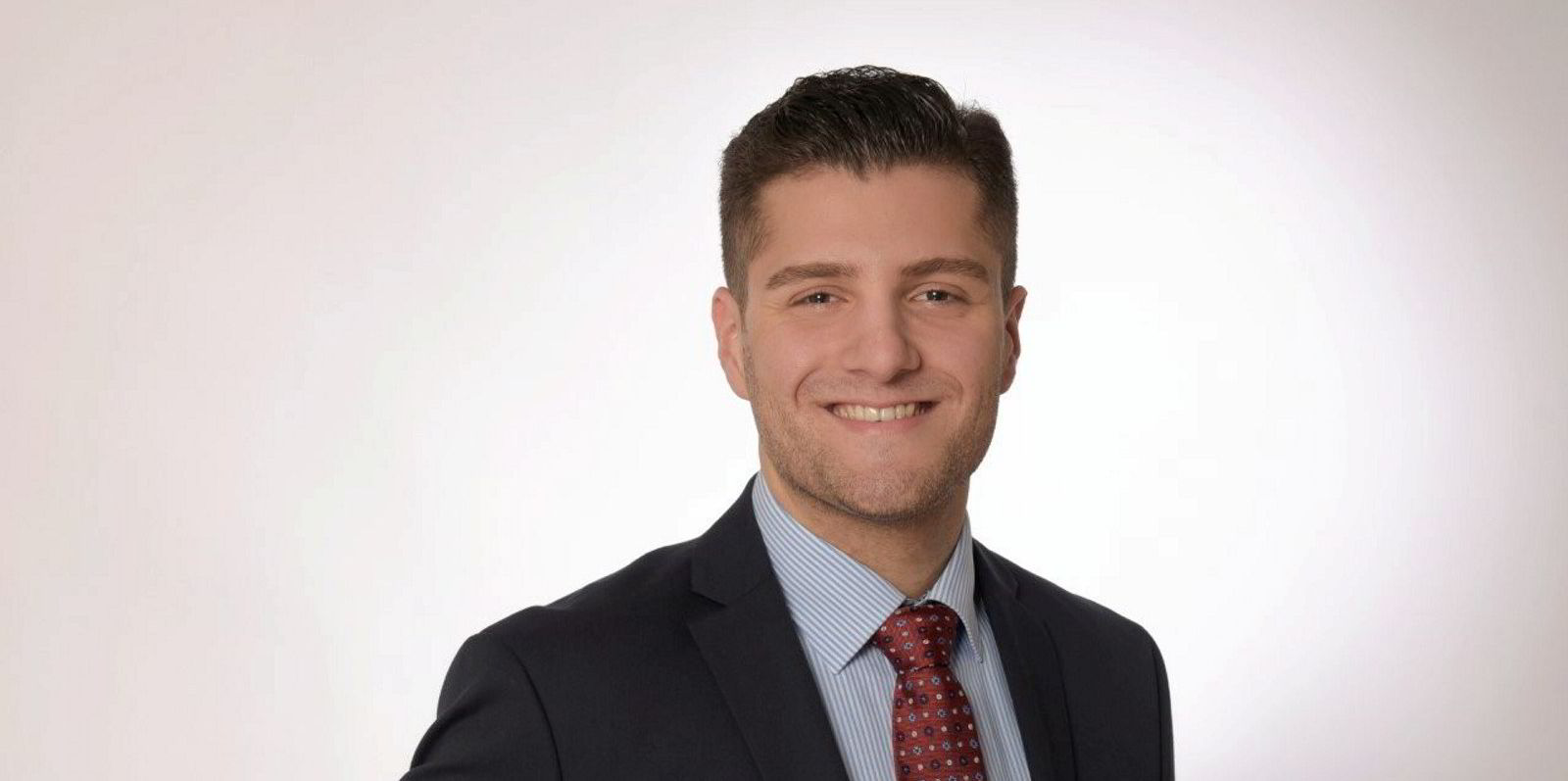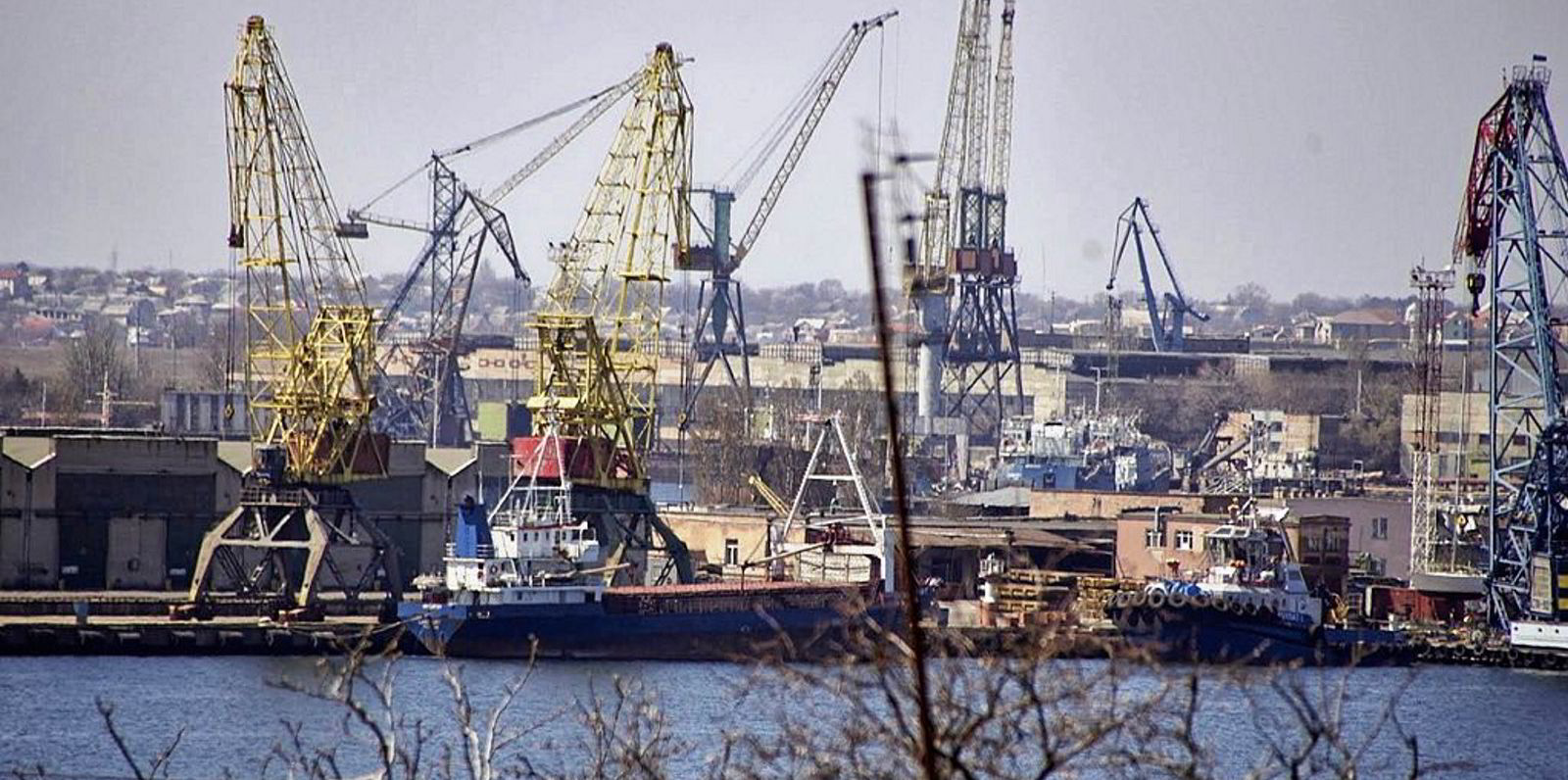Bulker sale-and-purchase markets are still open for business, but deals may take a while to materialise, one shipbroker believes.
Hanse Bereederung S&P and chartering broker Nikos Diakomichalis told TradeWinds: “The key to the dry bulk market is patience.”
He explained Hanse had been working a German-controlled bulk carrier that had been up for sale since the start of 2022, when the price was in the low $10m.
The owner insisted that the price was too low and kept the vessel, eventually managing to sell it in the “very high $10ms”, the broker added.
Hanse director of S&P Alexander Bock said: “We are seeing a hell of a lot of supramaxes up for sale that did not quickly find buyers.”
And Deran Toksoez, Hanse MPP and bulk chartering broker, said that with Ukrainian ports likely to reopen for grain cargoes, this could “also be a good vibe” for the sector.
“Maybe a new hotspot for bulk vessels in the Black Sea — millions of tonnes still in the ports and waiting to catch up,” he added.
Not so long ago, supramaxes and handysizes were bolstering earnings by carrying containers on deck as boxship rates shot up to record levels.
Alexandros Karydis, Hanse director of chartering/S&P, said those days are gone.
“The Greeks are very creative in thinking like this, they smelled the money in the container market,” he said.
Vessel demand to drop
Now the worry of another Covid lockdown and inflation means consumers will stop buying as many goods and container vessel demand will go down as ship supply increases.
Karydis said the firm is not seeing the level of enquiries for three to five-year container ship charters from big players such as AP Moller-Maersk that it used to.
There are still requirements from smaller owners, taking their chance now that the giants are less active, he explained.
These players are trying to grab as much market share as they can, taking ships for short periods of between one and three months.
German supermarket leader Lidl formed its own shipping company, Tailwind Shipping Lines, this year to buy and charter its own tonnage.
Alexander Bock, Hanse director of S&P, told TradeWinds that the 3,000-teu to 5,000-teu units acquired or fixed are bigger than the group’s needs of 700 or so boxes for each trip.
“I think they charter out the ships they purchase,” he added.
Michael Zankl, the broker’s managing director of chartering/S&P said: “They probably just want to play the market, with the intention to make money with subletting the ships, and/or they secured them early to utilise them for their own cargo at some later stage.”
He added that Tailwind and UK newcomer Ellerman City Liners were the only ones recently taking 1,400 ships on five-year charters.
“The main liners are a bit shy to commit on long-term charters for smaller feederships these days,” Zankl said.






